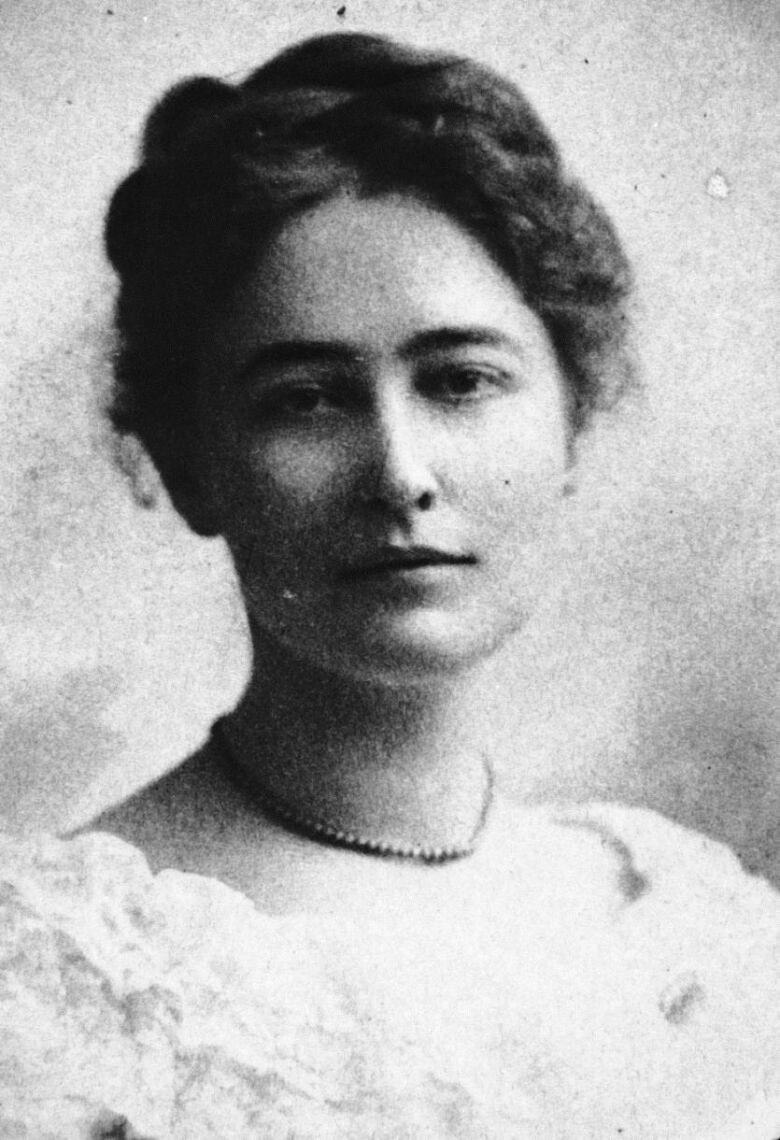A new reason to worry about teenage drinking
Binge-drinking teens could be consuming the caloric equivalent of 15 to 30 pounds of body fat a year

Hello and happy Saturday! Here's our mid-summer roundup of eclectic and under-the-radar health and medical science news.
If you haven't subscribed yet, you can do that by clicking here.
More than a quarter of Canadian teens say they binge drink at least once a month which can be the caloric equivalent ofa kilogram of body fat every year.
Added up over time, it means alcohol could be increasing the obesity risk in young people. That's the conclusion of a recent paper by a University of Waterloo team looking at teen drinking from a new perspective its effect on obesity.
"There's a million other reasons why people should be focused on youth alcohol control. We simply did this to try to say that everybody focused on youth obesity prevention, maybe you're missing an important contributor," said Scott Leatherdale, CIHR-PHAC Chair in Applied Public Health Research at the University of Waterloo.
In the fight against youth obesity, the typical targets are sugar-sweetened beverages and screen time. Leatherdale said he wanted to alert public health officials and parents to consider thecalories from alcohol, too.
"When you look at the incremental increases in obesity as kids age, you can see how this would be one of the contributors."
Even though they haven't reached legal drinking age, the majority of teens in the study reported drinking alcohol, and almost five per cent of Grade 12 students say they binge drink at least twice a week.
Doing the caloric math, the researchers concluded the teens binge drinking twice a week could be consumingthe body fat equivalent of 15 to 30 poundsa year.
(Binge drinking is defined as having five drinks or more in one sitting.)
The data comes from a unique Canadian study called COMPASS that is tracking teen behaviour over time. The study recruits entire high schools, and then tracks the students as they go from Grade 9 to Grade 12. The students fill out study questionnaires during class time and they're guaranteed strict confidentiality.
"No one internationally has ever done something so comprehensive with youth health," said Leatherdale.
The study has already collected data from more than 600,000 high school students in Alberta, Ontario, Quebec and B.C., and this year they've added high schools in Nunavut.
COMPASS is an acronym for "Cohort study of obesity, marijuana use, physical activity, alcohol use, smoking and sedentary behaviours."
Call for action on unproven stem cell therapies
At the same time as he takes on Gwyneth Paltrow's Goop (see last week's newsletter), Timothy Caulfield is also fighting an alternative health battle on another front: the marketing of unproven stem cell therapies. Caulfield is the Canada Research Chair in Health Law & Policy at the University of Alberta. He's also part of an interdisciplinary group of scientists that has issued a call to action for governments, professional associations and even the World Health Organization.
"It just seems to be getting worse, and we felt like this was needed," Caulfield told CBC Health, adding that clinics offering unproven stem cell therapies have started springing up in Canada. "I call it 'science-sploitation,' where you use a legitimately exciting area of science like stem cell research and exploit that to market products."

Caulfield admits regulations in this area will be difficult. "It's not going to be easy, but we'd like to involve entities like the World Health Organization and professional bodies like the colleges of physicians and surgeons."
"There's often a physician or at least a regulated professional associated with these clinics, so that's a logical lever that could be pulled. We'd also like more truth in advertising."
The call to action published recently in Science also lists the various "tokens of scientific legitimacy" that clinics use to impart an air of authority, including studies published in predatory journals, impressive-sounding advisory boards, and expert testimonials.
"It's difficult to tease out what's real and what's not real," Caulfield said. "A lot of these clinics and websites look extremely legitimate. I think that's why we need more aggressive regulatory action."
If a study is registered at ClinicalTrials.gov does that make it legitimate?
Not necessarily. That's the conclusion from Canadian bioethics researcher Leigh Turner, currently at the University of Minnesota. His research suggests that official registration on the U.S. National Institutes of Health (NIH) trial site might be one the "tokens of scientific legitimacy" that the stem cell researchers were warning about in their call to action (see above story).
When he was researching direct-to-consumer marketing by clinics that offer unproven stem cell therapies, he was surprised to discover that some of those clinics had trials registered on the official trial registry. Some of those same clinics were charging patients thousands of dollars for the treatment. Turner called those studies "pay-to-participate," and he suggested the clinics are using the official trial registry as a way to recruit clients.

"If you're running a stem cell clinic and you can actually get something on there, you can basically take a federal website and repurpose it as a marketing tool. People with a wide range of illnesses are going on there, finding your study and then making their way to your business."
"Inclusion of such studies in ClinicalTrials.gov reveals that the database needs better screening tools," Turner concluded in the paper.
Most major scientific journals demand that a trial be registered at ClinicalTrials.gov in order to be published.
We asked the NIH for comment on Turner's paper. In an email, the NIH said "ClinicalTrials.gov does not independently verify the scientific validity or relevance of the trial itself beyond a limited quality control review."
"A posting on clinicalTrials.gov does not necessarily reflect endorsement by the NIH."
A Canadian moment in medical history
As part of our summer Second Opinion series, we're featuring great Canadian moments in medical history. This week ... meet Maud Menten.

She has one of the most famous names in biochemistry, yet most Canadians have never heard of her. At the beginning of the last century,Maud Menten earned a medical degree at the University of Toronto, but she chose the science bench over the bedside. And that's where she helped discoversomething that every biochemistry student in the world still learns today the Michaelis-Menten equation.
"She's really very famous and she deserves more attention," said University of Toronto Prof. Laurence Moran, who put a picture of Menten in the biochemistry textbook he wrote so the world would know about this prominent Canadian scientist. "All of the textbooks mention her, but I just put in a little extra detail, because I'm so proud of her as a Canadian."
The equation, named for Menten and her German collaborator Leonor Michaelis, is one of the first concepts taught in biochemistry. And it's critical to understanding how enzymes work.

Menten's equation helped scientists discover methods to block enzyme reactions, which led to drugs like statins that inhibit the activity of enzymes that make cholesterol, Moran said.
Still, there was one niggling part of the history that Moran had to correct.
"All the sites are saying she was one of the first women to graduate in medicine from the University of Toronto, but I knew that wasn't true."
That's because there are photographs of all of the graduating classes lining the halls of U of T's medical sciences building. And Moran could see there were many faces of women in those class pictures dating back to 1896.
He tracked down the mystery and discovered that Menten was, in fact, one of the first women to get an advanced degree in medical science. In today's language it's called a PhD, making her a rare female presence in the masculine laboratories of the day. In addition to the famous equation that bears her name, she made a series of other contributions to biochemical research.
"She was a radical feminist 1920s flapper. She would have been a really interesting person to meet," Moran said.
These fascinating stories of discovery were selected from the Canadian Medical Hall of Fame, a medical history museum that began in 1993. Every year seven Canadians are inducted. There is a small, physical museum in London, Ont., but executive director Lissa Foster told us the real museum lives online, with video features for all 125 laureates.
Thanks for reading! You can email us any time with your thoughts or ideas. And if you like what you read, consider forwarding this to a friend.












_(720p).jpg)


 OFFICIAL HD MUSIC VIDEO.jpg)
.jpg)



























































































